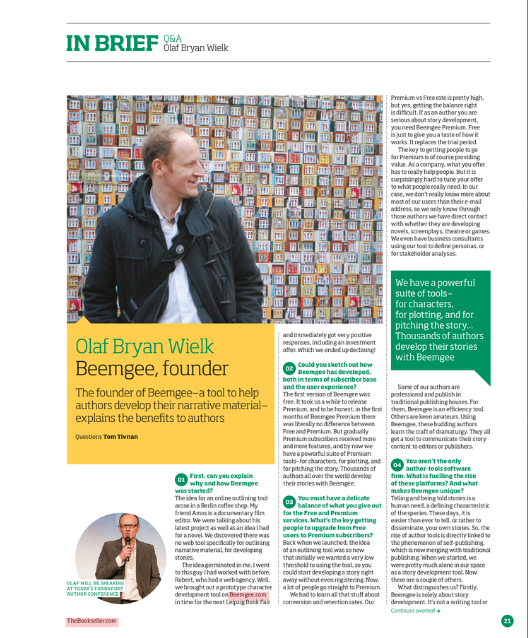Flash Fiction For Writers and Readers
 Today’s guest post is by writer Jason Brick. He has published his work in all sorts of genres and formats, with over 3000 articles, short stories, novels and non-fiction to his name – and about 20 books which are not, because he has ghost-written them. Jason also edits and crowdfunds anthologies. Next to writing, Jason loves martial arts and travel. We’re happy Jason has taken the time to explain flash fiction for us.
Today’s guest post is by writer Jason Brick. He has published his work in all sorts of genres and formats, with over 3000 articles, short stories, novels and non-fiction to his name – and about 20 books which are not, because he has ghost-written them. Jason also edits and crowdfunds anthologies. Next to writing, Jason loves martial arts and travel. We’re happy Jason has taken the time to explain flash fiction for us.
There’s an old saying. Every novelist is a failed short story writer, and every short story writer is a failed poet. I don’t know how much I believe that, but the adage leaves out another genre: flash fiction.
Depending who you ask, flash fiction refers to fiction in the 5,000 words or fewer range, with most falling more into the under-2,000 category. A famous example is attributed to Hemingway, consisting of just six words:
“For Sale: Baby shoes. Never used.”
If you ask some folks, they’ll give you all kinds of subdivisions. A “drabble” is 100 words or so. A “fragment” is under 50….that’s all well and good, but really flash fiction is simply super-short tales.
I like flash fiction so much I started a semiweekly newsletter that sends super-short stories to mailboxes all over the world. It’s called Flash in a Flash. We use a cutoff of 1,000 words, are always accepting submissions, and have come here today to chat about why flash fiction is fun, why authors might want to try some, and some places you can get started when you do. (more…)



